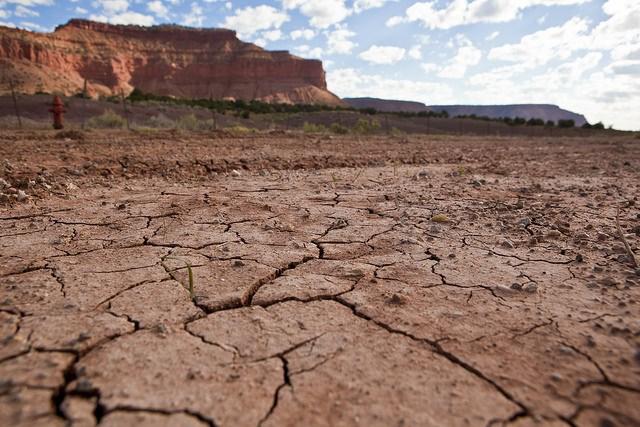
Water and energy, two of our most important resources, are more closely tied together than you might realize, and the historic California drought is bringing this relationship to the forefront.
I don't have to tell you that California is going through a prolonged drought, the impacts of which are affecting the entire country. But did you realize that water is a main source of energy consumption? And that, vice-versa, energy production often requires massive amounts of water?
This fantastic New York Times piece explores what they call the water-energy nexus in California, where a vast infrastructure exists to transport water from wetter, less populated areas to drier, more densely populated areas. The writer, Felicity Barringer, also explains how energy demands are increasing dramatically due to the recent drought.
This is only a small piece of the puzzle, however. Energy and water are both resources that are inextricably tied together, and as we move toward a clean energy, planet-first economic future, we need to better integrate water and energy management into our planning.
Renewables, not fracking (or nuclear)
Did you know that water is a crucial factor in how many fossil-fuel based power generators produce electricity? Many power plants use steam to move turbines that create electricity, a process that would be impossible without cheap, plentiful water.
Ever worse is fracking, which requires massive injections of chemical-laden water to force natural gas out -- water that, thus far, drillers are getting at far-too-low costs.
Even nuclear power, ofter cited as a carbon-free energy source, requires massive amounts of water to keep reactors cool. That is why the Fukushima Daichi Nuclear Plant in Japan was located near the ocean and not up in the mountains where it would have been safe from a Tsunami – because it needed lots of ocean water. This alone should be enough for California and the entire water-scarce Southwest to steer clear of nuclear.
So, what energy sources are the most water-friendly? Surprise, it's renewables! Solar only requires a small amount of water for cleaning panels, and wind also has a very low water-footprint. This is just another reason (among the plenty that already exist) to promote clean, renewable energy now.
Interconnected
Climate change is only going to increase global water scarcity, and global economic development is only going to increase the need for energy. The current path of building water-intensive fossil fuel energy systems is not sustainable.
We need to look more holistically at systems to see how they are interconnected and promote energy sources, like wind and solar, that use less water. That, along with better efficiency measures, can help mitigate the impacts of droughts like the one California is experiencing right now. No better time to push for this future than now!
Image credit: Flickr/Anthony Quintano

Nithin Coca is a freelance journalist who focuses on environmental, social, and economic issues around the world, with specific expertise in Southeast Asia.














